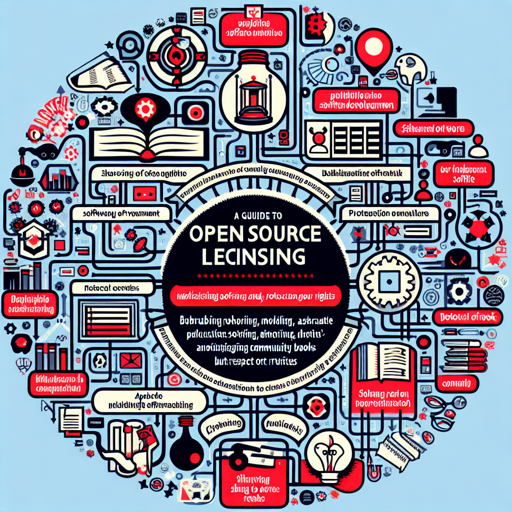Open source licensing might seem like a complex web, but it’s an essential part of software development that ensures creators can share their work while still protecting their rights. In this article, we’ll delve into the Apache 2.0 License, guiding you step by step through what it means and what you need to know.
What is the Apache 2.0 License?
The Apache License 2.0 is a permissive free software license that allows developers to use, modify, and distribute software while maintaining certain obligations for contributing back to the community and respecting the original creator’s contributions. Imagine it as a library: you can borrow books (the software), make notes in them (modify), and even share some insights with your friends (redistribute), but you must always credit the library (the original creators) and respect any rules they set.
Key Features of the Apache 2.0 License
- Freedom to Use: You can use the software for any purpose, but it’s essential to note that it must be attributed.
- Modification: You are free to modify the code. Just remember to attach the original licensing information along with your changes.
- Distribution: You can distribute copies of the original software and your modifications, provided you include a copy of the license.
- Patent Grant: It includes a grant of patent rights from contributors to users, which means if you use A’s code and A has patents related to it, you won’t get sued for patent infringement.
- Trademarks: The license doesn’t grant rights to use the trademarks of the Apache Software Foundation.
How to Use the Apache 2.0 License in Your Project
Using the Apache 2.0 License in your own projects is straightforward. Here’s a step-by-step guide:
- Create a file called LICENSE in the root directory of your project.
- Copy the full text of the Apache 2.0 License into this file. You can find the text on the official website.
- Add a header to each source file indicating it is licensed under Apache 2.0. The header should include the copyright notice and a short snippet about the license.
- Ensure that all contributors to your project are aware of the licensing terms and agree to them.
Troubleshooting Common Issues
While navigating open source licensing, you might run into challenges. Here are some common issues and resolutions:
-
Issue: Confusion Over Modifications
If you modify existing code, ensure that you’ve documented your changes properly to avoid any miscommunication regarding contributions.
-
Issue: Misunderstanding Patent Rights
It’s essential to comprehend the implications of the patent grant. Familiarize yourself with what rights you gain and potential restrictions.
-
Issue: Not Including the License
Always include your license file in distributed versions of your software to maintain transparency. Forgetting this step can lead to legal complications.
For more insights, updates, or to collaborate on AI development projects, stay connected with fxis.ai.
Conclusion
Understanding the Apache 2.0 License supports not only your legal obligations but also fosters a culture of sharing and community development. At fxis.ai, we believe that such advancements are crucial for the future of AI, as they enable more comprehensive and effective solutions. Our team is continually exploring new methodologies to push the envelope in artificial intelligence, ensuring that our clients benefit from the latest technological innovations.

